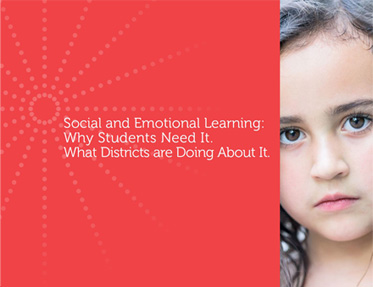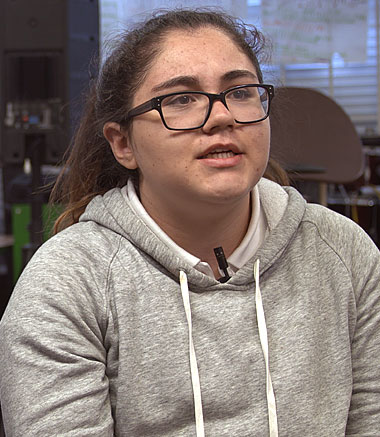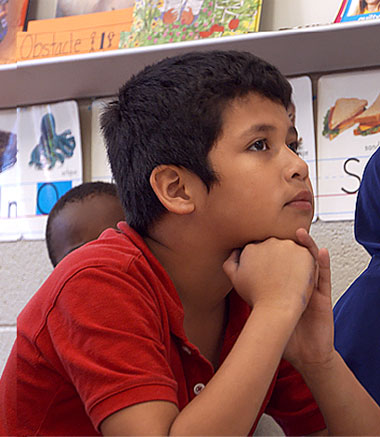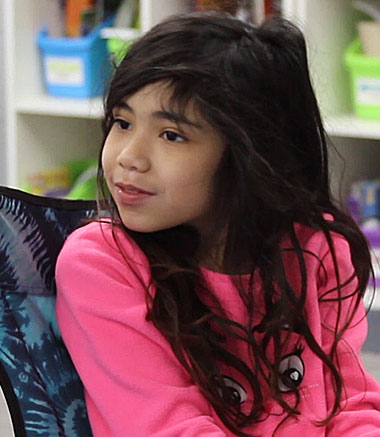A resource to all who are working to help SEL fulfill its promise for students.
This site is for teachers, and for those who support them in delivering excellent instruction. It features the work of educators who are integrating social and emotional learning into their classrooms, with lessons about how to develop your own SEL teaching practice and help your students develop these important skills and competencies to thrive in the classroom and in life.
What is meant by “teacher practice” with regard to social and emotional learning? This term encompasses time spent in the classroom – including instructional techniques, pedagogical approaches and curricular materials – and the professional time that teachers spend with their peers, coaches and supervisors, preparing for instruction and improving their own knowledge and understanding.
In recent years, leading social and emotional educators and researchers have begun to organize and advance ideas about teacher practice. For example:
- The Aspen Institute established the National Commission on Social, Emotional and Academic Development to examine how students learn. The Commission hypothesizes that students’ social, emotional and cognitive capabilities are intertwined and co-equal in importance. In January 2018, the Commission released an interim report, summarizing the findings and questions it hopes to resolve as it builds a case that students thrive in learning environments where their social, emotional and cognitive capabilities are met. Among the report’s findings: that students’ social and emotional development can be supported through a variety of instructional approaches, and that educators need preparation and ongoing professional learning in order to meet the social and emotional learning needs of their students.
- The Collaborative for Academic, Social, and Emotional Learning describes four approaches that successfully promote social and emotional development in students, including:
- Free-standing lessons that teach social and emotional competencies
- General teaching practices that create classroom—and schoolwide—conditions which support social and emotional development in students
- Integration of SEL skill instruction or SEL practices in context of the academic curriculum
- Facilitation, by school leaders, of SEL as a schoolwide initiative.
- The American Institutes for Research, in its review of programs and interviews with SEL scholars, identifies ten of the most frequently- cited instructional strategies that support SEL and academic learning. These include: student-centered discipline; teacher language; responsibility and choice; warmth and support; cooperative learning; classroom discussions; self-reflection and self-assessment; balanced instruction; academic press and expectations; and competence-building.
Many of these practices are on display in the classrooms and schools featured on this website, and the videos found throughout the site are designed to breathe life into these concepts. The next frontier of teacher practice is more extensive integration of SEL content into academic lessons in English Language Arts, Social Studies, and STEM. In other words, not only using and building on students’ SEL competencies like perseverance, goal-setting and awareness of others to support academic mastery (as the teachers featured on this site do), but fully integrating explicit SEL topics into the design of academic lessons. Future iterations of this website will illustrate this practice.
3 districts. 3 great profiles of social and emotional learning in action.
This site is designed to offer on-the-ground insights from teachers working to implement social and emotional learning in their classrooms and schools. Get to know, and learn from, these teachers of Nashville, Arlington Heights and Los Angeles with videos of classrooms, interviews with their team members, samples of their lesson plans and links to additional research and professional learning resources.
Great SEL Teacher Practice Starts with Great District SEL Practice. Read More.
Excellent SEL instruction doesn’t happen in a vacuum. Teachers need supports – professional development, coaching, quality instructional materials – to deliver quality instruction. To achieve classrooms and schools where students are growing their social and emotional skills, and where the climate supports academic, as well as social and emotional, learning, districts play a critical role.

Last year, in partnership with the NoVo Foundation, Education First released the publication Social and Emotional Learning: Why Students Need It. What Districts are Doing About It. The publication highlights SEL successes in three leading schools district: Anchorage School District (AK), Bridgeport Public Schools (CT) and Sacramento City Unified School District (CA). It provides insights, recommendations and glimpse into the district-level challenges that will resonate with teachers, school and district administrators, policymakers, funders and SEL advocates implementing SEL in their communities. Download Report


